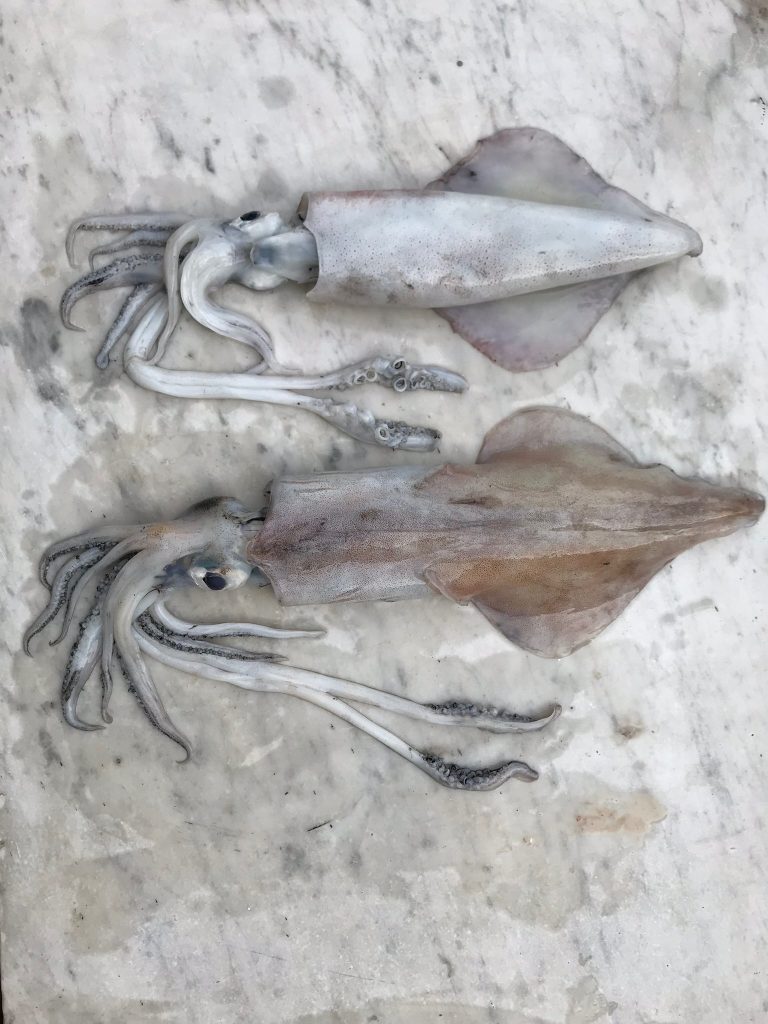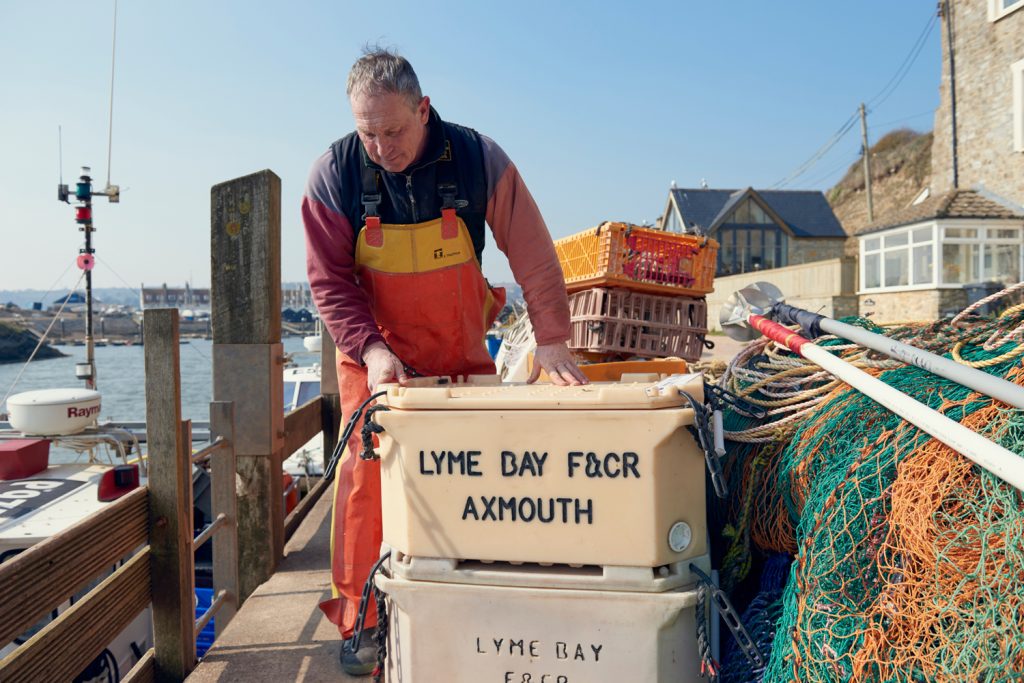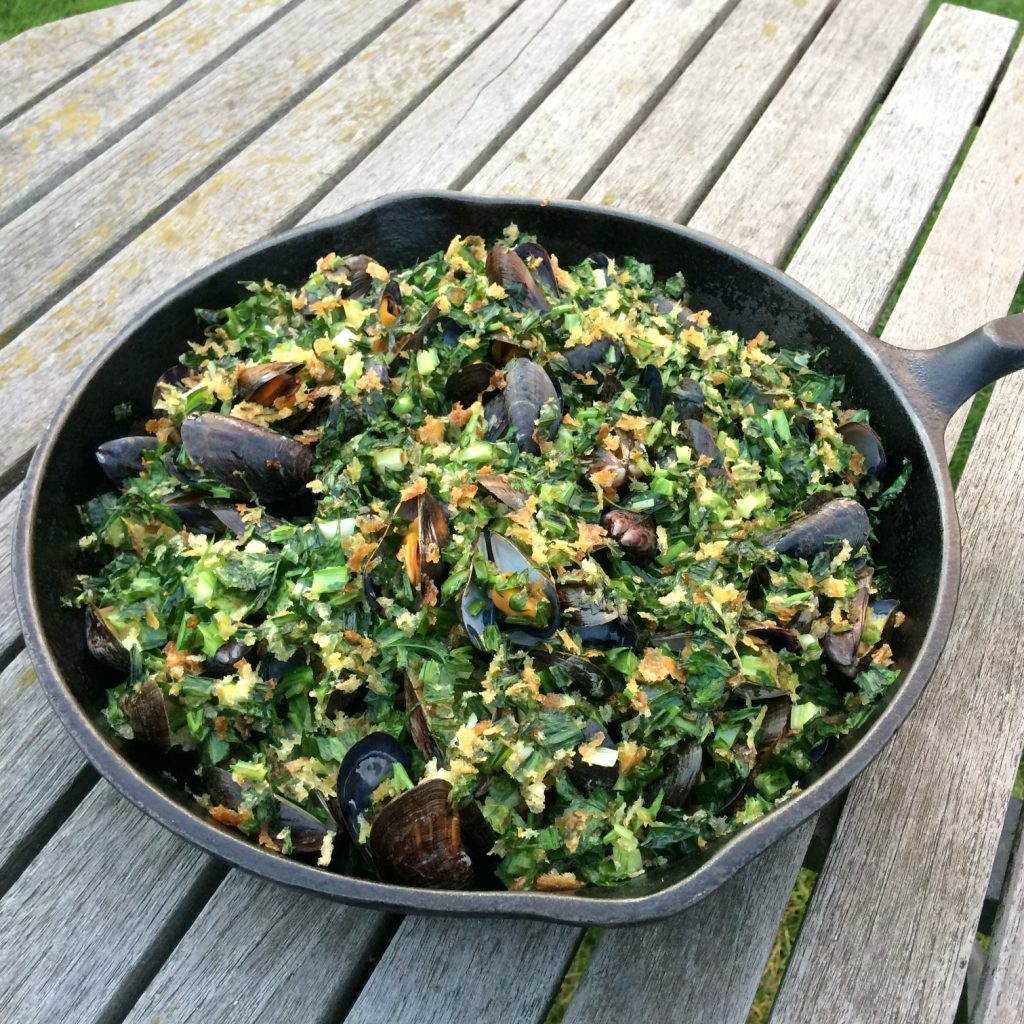The best BBQ Delivery Boxes in the UK from small sustainable British Farms
“The health of our oceans is under threat and they’re changing at a faster rate than ever before in human history,” says Sir David Attenborough, setting the scene for the hugely impactful Blue Planet 2. But it’s not just global-warming that’s affecting sea life, industrial fishing is having a devastating impact.
A mammoth 93 million tonnes of fish was taken from the ocean in 2015, according to the report from the United Nations Food and Agriculture Organisation.
As a result, the Marine Conservation Society (MCS) estimates 90% of the world’s fish stocks are deemed to be either fully or over exploited.
Around 150 different species of fish are caught off the UK coast. But, most people in Britain only eat about five different types.
It’s no secret that this is a huge problem for the most popular species – cod, haddock, tuna, salmon and prawns.
Eating in: supermarkets vs fish box schemes
“The retail side of things is still very opaque, despite consumers wanting to know where their fish is coming from,” says Caroline Bennett.
Bennett is the owner of the UK’s first Japanese-style sushi-restaurant, Moshi Moshi. She is also founder of food-box scheme, Sole of Discretion. Bennet set this up last year out of “exasperation” that truly sustainable options were not available to the consumer.
The fresh fish is also sold through selected farm shops and online box schemes like Abel and Cole and Farmdrop.
She says: “You’ve got line-caught at one end and dynamite fishing at the other. But 99 per cent of fisheries are in the grey area in the middle, and it’s exactly there the consumer wants help – and the industry isn’t up for it.”
Supermarkets have responded to consumer demand for more transparency using the Marine Stewardship Council’s “MSC Certified” logo. This tracks fish stocks and identifies “responsibly sourced” seafood.
But what does this really mean?
Great British fish to enjoy year-round
The fish towards the bottom of the food chain that are currently more plentiful and not endangered:
Herring
Anchovy
Sardines
Mackerel
“It’s probably a little like [the] Red Tractor logo in farming, it’s essentially the lowest common denominator,” says Moshi Moshi’s Bennett.
These labels do not provide the buyer with the essential tracking information required to guarantee sustainability – how was the fish caught, where, and by who.
Line-caught fish, those captured in size-specific static nets, or by lobster and crab pots are generally the most sustainable.
Everything that is caught can be used so waste is minimal. “Squid and cuttlefish are increasingly line caught on jigs in the Helford in Cornwall, and are spectacular,” says Peter Weeden head chef of London’s only organic pub, The Duke of Cambridge.

Fresh fish: it’s not what you catch, it’s how you catch it
These methods also intentionally minimise the risk of catching the fish that offer the best chance of reproducing, by avoiding the biggest and smallest of each species.
Bennett insists all her fish are caught this way. She sells off her catch through Sole of Discretion, even if they’re deemed endangered and therefore red-listed by the MSC and MCS.
“For us the method of catch and the area it’s caught in is far more important than the species being caught,” says Bennett.
“We’re looking at the entire eco-system, while the MSC and MCS are stock-specific.”
It’s a difficult message to convey. The ethical seafood campaigner is working with the marine biology department at Exeter University to create a universal Soil Association certification.
A clear-cut fishing method to avoid is trawling, because it essentially digs up the sea bed and destroys fragile ecosystems.
Also electrofishing, which shocks the fish to make them easier to catch.
“It’s a scandal that it’s even allowed. The full effects are not scientifically proven at all,” says Theresa Douthwright who founded Soleshare, a London-based fish box scheme.
Fresh fish for spring and summer
Spring is a good time to start to enjoy really good founder, plaice and dover sole as they are starting to fatten up.
They get thinner as we head into winter because this is when they spawn, which uses up a lot of energy.
Members sign-up for a weekly or fortnightly fresh fish box. They don’t know what they are going to receive until they are sent a text on the day of delivery. This gives recipients enough time to look up recipes for their catch of the day.

Fishing: the human cost
Fresh Fish box schemes not only turn cooking into a mini-adventure, but also provide individual fishermen with a stable income.
“It makes a pretty big difference to their lives because we pay good prices for the fish. It means at the beginning of each month I have a clear idea of how much fish I’m going to be buying and so do the fisherman,” says Douthwright, an aquatic ecologist by training.
Of course, buying fresh fish from the UK has the smallest carbon footprint.
It also guarantees there are no other welfare issues in the supply chain.
Atlantic wild prawn is probably one of the best wild prawns you can buy.
But, the huge compromise is that it’s also one of the most environmentally damaging fishing systems. Prawns are so small a lot of other marine life gets caught in the catch – resulting in massive discards.
Fresh fish for autumn and winter
Mussels
Oysters
Crab
Squid
Pollock (good cod alternative)
Cod (if caught sustainably)
Ray (similar to skate)
Huss (a meaty white fish from the shark family – great for stew, fish curry and tacos)
This is why it’s important to know not just where, but also who is catching the fish if you want to ensure a genuinely responsible supply chain.
A good fishmongers should be able to offer this information to you, a good fish box scheme definitely will.

Eating out
Like many of the best seafood restaurants, the fresh fish Peter Weeden serves up at London’s only organic pub, is highly seasonal and even weather-dependent.
His supplier, Cornwall-based Kernowsashimi, uses dayboats to catch the fish. This means Weeden can guess at what’s going to be landed depending on the weather reports texted to him by the fishermen each morning.
He can also track their boats using marine technology. But, he won’t know for sure what’s going on his menus until the catch is in.
Weeden relies on his customers being flexible and open to trying new things, which can be part of the joy of dining out.
“I’m not pretending the answer is simple but we have to step back and ask how we can use more species,” says Weeden.
“Sustainability-wise, taking a little bit of everything is the lowest-risk scenario for me.”
Main image: Peter Weeden


